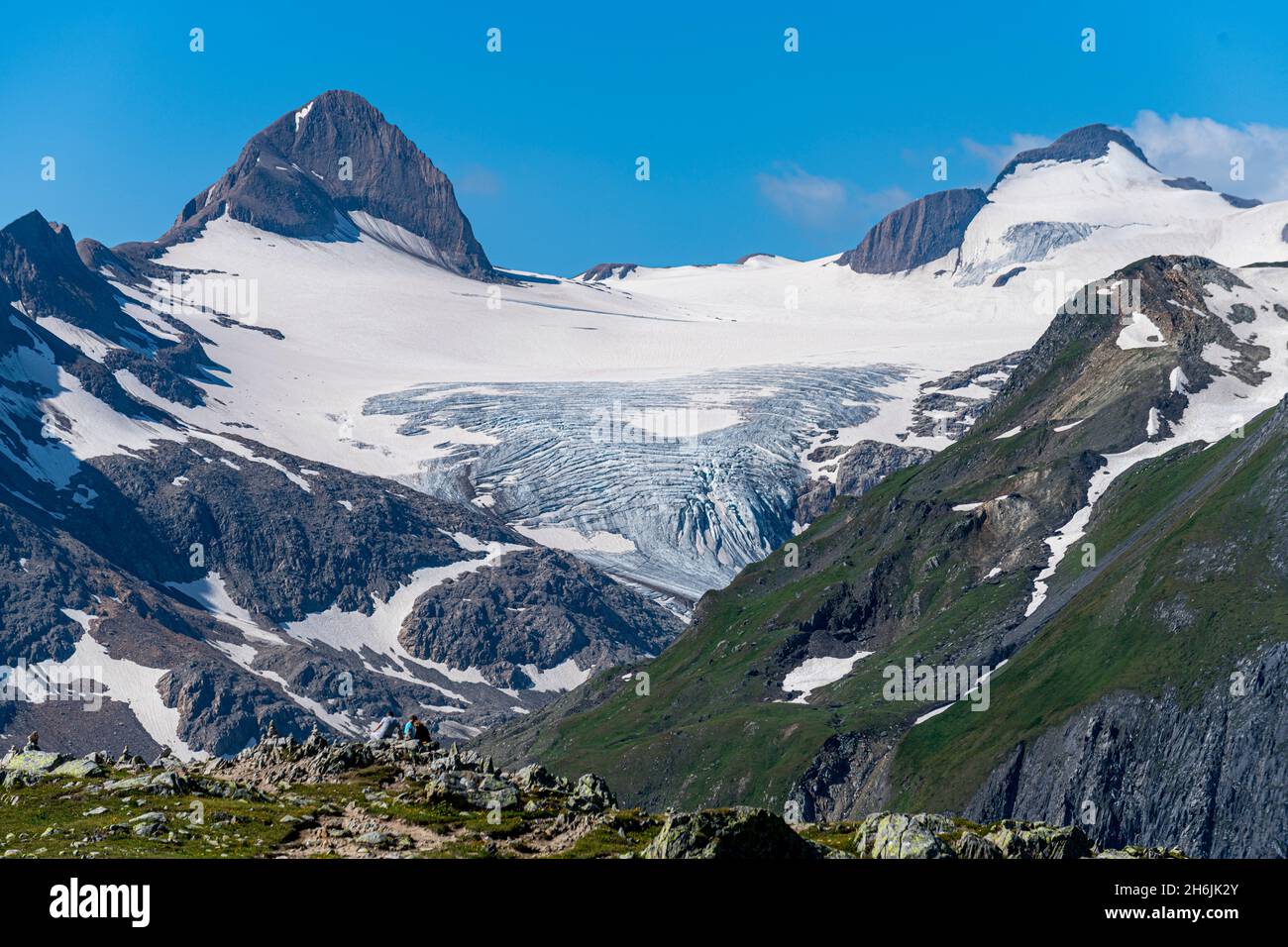Swiss Glacier Melting at Alarming Rate, Experts Warn
On September 22, 2025, Swiss experts warned that the Gries Glacier in Obergoms has lost six meters of ice in a single year, highlighting the accelerating impact of climate change on Switzerland’s glaciers.

On September 22, 2025, Swiss glaciologists sounded the alarm over the rapid melting of the Gries Glacier in Obergoms, Switzerland, which has lost approximately six meters of ice between September 2024 and September 2025. The dramatic loss, confirmed by Matthias Huss, Director of Glacier Monitoring Switzerland (GLAMOS), underscores the intensifying effects of climate change on the country’s iconic alpine landscapes. Huss described the Gries Glacier as a “dying glacier,” with no realistic chance of long-term survival, and warned that similar fates await many of Switzerland’s remaining glaciers.
Unprecedented Melting and Dire Projections
The Gries Glacier, stretching five kilometers, has become a stark symbol of the climate crisis. According to Huss, the glacier’s lower sections could vanish within five years, while higher-altitude ice may persist for several more decades. However, the overall prognosis is grim: the glacier is expected to disappear entirely, regardless of short-term weather fluctuations. Huss and his team, using drone footage and on-site measurements, documented the vertical loss of six meters of ice in just one year—a rate that far exceeds historical averages. This rapid decline follows several years of exceptionally dry conditions in 2022 and 2023, compounded by extreme summer heat in 2025 that overwhelmed even rare heavy snowfalls.
Climate Change and Regional Impacts
The accelerated melting of Swiss glaciers is directly linked to rising global temperatures and increasingly erratic weather patterns. While a significant snowfall in mid-April 2025 temporarily slowed the glacier’s retreat, Huss emphasized that such events are insufficient to counteract the impact of prolonged heatwaves. The situation is not unique to the Gries Glacier; Switzerland has seen about 100 glaciers vanish between 2016 and 2022, with the pace of disappearance increasing in recent years. The loss of glacial ice threatens not only the country’s natural heritage but also its water resources, hydropower generation, and local economies dependent on tourism.
Broader European Context and Urgency for Action
The crisis unfolding in Switzerland mirrors broader trends across Europe, where the summer of 2024 was the hottest on record, and heat-related deaths have surged. According to a recent study published in Nature Medicine, more than 62,700 people are expected to die from heat-related causes in Europe in 2024, with the elderly and vulnerable populations most at risk. The rapid decline of glaciers like Gries serves as a visible warning of the systemic risks posed by climate change, prompting renewed calls from scientists and environmental advocates for urgent adaptation and mitigation measures. As Huss and other experts stress, only a dramatic reduction in greenhouse gas emissions can hope to slow the loss of Europe’s glaciers and avert the worst impacts of the climate crisis.